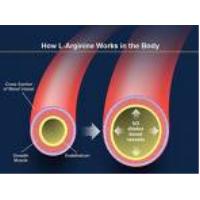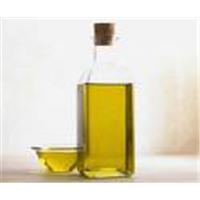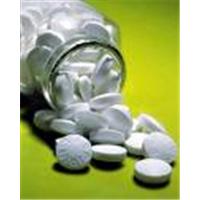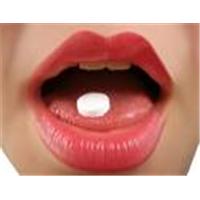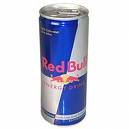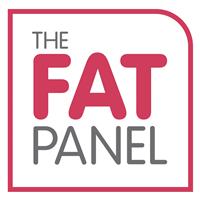
Are you at risk from the the third leading killer of young and old alike?
Discover a life transforming view of life after stroke, and discover new and beautiful ways to improve the quality of your life, even in the face of adversity
Have you already suffered a stroke, or witnessed the struggles of a family member that has suffered, and want supportive, helpful and encouraging information that will allow you to lead an improved quality of life?
Every year for thousands of people stroke becomes a silent killer. For those lucky enough to survive, life following a stroke can be filled with pain, sorrow and feelings of loss and abandonment.
Fortunately, there are ways to overcome those feelings and limitations, and discover a new independence; one that you will discover is rich and rewarding.
Each year thousands of people become victims of stroke but can fail to recognize the early warning signs
Sudden weakness in your arm, leg or hands.
The impression that you are not able to feel one side of your face or body.
Difficulty seeing or experienced temporarily blurriness from one eye.
Difficulty walking or experiencing balancing problems.
The worst headache of your life
If you have experienced one or more of the symptoms above, your life may be at risk. Stroke is increasingly prevalent in modern times. Call your doctor immediately or visit the nearest ER!
The impacts of stroke can be devastating for the more than
700,000 people that suffer from stroke each year.
The good news is when armed with knowledge and information; you can learn to lead an extraordinary life even following a devastating stroke. One of the most important desires stroke survivors have is the ability to regain an independent lifestyle.
How is this achieved? It is often achieved through rehabilitation, support and counselling, as well as caring for ones individual health related problems following a stroke.
The only work that will ultimately bring any good to any of us is the work of contributing to the healing of others
Adapted from M. Williamson
Friends and loved ones can also find they are confused about how to cope with a loved ones loss. Fortunately, there is help and guidance just a moment away. Everyone can learn to heal others and heal their own sense of loss by learning more about life following a stroke.
Life After A Stroke is a moving, tell-all guide that teaches survivors, caregivers and close family how to cope with the after effects of a stroke. Using this guide you can learn how to regain some of your independence and improve the quality of your life to the greatest extent possible. It is available in standard and mp3 format for your convenience.
Imagine what your life would be like if you could learn to communicate with others in a sensible, logical and non-frustrating manner after a stroke
While you may not return to the state of health you were in before, there is much evidence suggesting with proper knowledge and information, you can lead a rich and rewarding life after a stroke.
Are you ready to take back your life, or help another to do so?
Perhaps you are a caregiver looking for guidance and support while caring for a family member or loved one suffering from stroke. No matter the case, youve landed in just the right place to find the information you need.
Introducing a Revolutionary New Approach To Healing
Find out how to
improve the quality of YOUR life and that of your loved ones,
by adopting a few simple, common-sense strategies.
In this unique and gentle approach to Stroke, learn everything there is to know about stroke whether a survivor, friend, family member or caregiver.
This important guide contains information that will:
Educate you about the immediate after – effects of stroke, so you know what to expect and how to overcome setbacks in the early weeks following a stroke.
Teach you how to set goals following a stroke that will speed the progression of your healing.
Help you understand what rehabilitation is all about, including what forms of rehabilitation are available and how they can improve your quality of life and standard of living.
Help you discover and learn new and innovative tools for treating the physical symptoms of stroke, including spasticity and muscle pain.
Tell you about new ways of treating old problems, including use of a popular cosmetic procedure that may reduce muscle tightness and help improve coordination and balance.
Teach you what ITB therapy is and how it can improve delivery of targeted medications to your system, so you feel better faster, longer.
Show you how to set up an individual approach to rehabilitation that aligns with your personal needs, goals and interests.
Learn how to avoid future strokes
Someone who has had a stroke is almost twice as likely to experience another. Learn the 2 most important steps you can take to prevent future strokes and enhance your odds for an improved quality of life following stroke.
Friends, Family and Caregivers
Friends, family and caregivers also need support and guidance during the period of time following a stroke. The good news is in Life After Stroke, you can learn how to communicate and reevaluate each member of a households roles, so everyone enjoys an improved quality of life when caring for a loved one.
Most importantly, Life After Stroke offers hope for the future. When you have nowhere else to turn, you always have hope.
You can find more information here: www.intrepreuner.ws
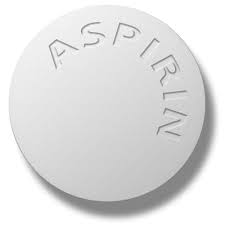


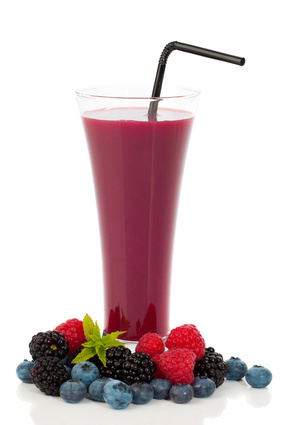

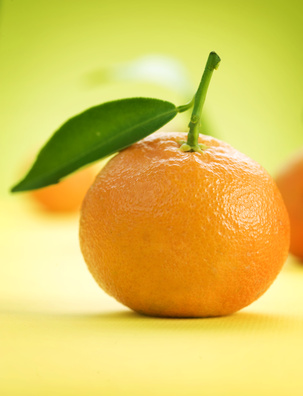

![Pradaxa [320x200].jpg](https://www.elixirnews.com/assets_c/2011/04/Pradaxa%20%5B320x200%5D-thumb-200x200-480.jpg)



![Merediabig [320x200].jpg](https://www.elixirnews.com/assets_c/2010/10/Merediabig [320x200]-thumb-320x320-310.jpg)
